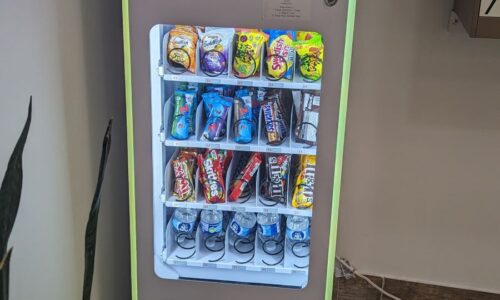The Benefits of Entertaining Patrons During Peak Hours
In today’s fast-paced world, consumers expect more than just service; they crave an experience. This is particularly true in establishments where wait times can be lengthy during peak hours. From restaurants and cafes to banks and airports, peak times can often mean long queues and impatient customers. However, smart businesses are discovering the multifaceted benefits of entertaining their patrons during these high-traffic periods. Here’s a deeper dive into why it’s essential and the advantages it brings.
1. Enhanced Customer Satisfaction
A study by the Journal of Consumer Research indicated that customers’ perception of waiting time is as crucial, if not more so, than the actual wait time. When patrons are entertained, they perceive the wait time to be shorter than it actually is, leading to a more positive overall experience (Taylor, 1994).
2. Increased Spending
According to a study from Cornell University’s School of Hotel Administration, patrons who are engaged and entertained are more likely to spend more. By providing an immersive experience, businesses can effectively increase the perceived value of their service, prompting customers to make additional purchases (Kimes & Wirtz, 2003).
3. Building Brand Loyalty
Entertainment fosters positive associations with your brand. When patrons are entertained, they’re likely to return and even recommend the establishment to friends and family. A study in the Journal of Marketing highlighted the significant impact of positive emotions on brand loyalty (Oliver, 1999).
4. Reduced Perceived Wait Time
Entertaining activities or distractions reduce the focus on the actual wait, thus altering the perception of time spent waiting. An enlightening study published in the Journal of Service Research emphasized that the nature of the wait (passive vs. active) can dramatically shift patrons’ perception of time and satisfaction (Dube-Rioux, Schmitt, & Leclerc, 1989).
5. Effective Crowd Management
Entertainment can act as a crowd management tool, organically directing the flow of patrons, keeping them engaged in one spot, and preventing overcrowding in other areas. This is especially beneficial for places like malls or airports during peak hours.
In Conclusion
Peak hours can be challenging for both businesses and patrons. However, by integrating entertainment into the mix, establishments can transform potential points of friction into moments of delight, ensuring patrons leave with a smile, no matter the wait. The evidence is clear: entertainment is not merely an add-on but a strategic tool for businesses to thrive in today’s experiential economy.



